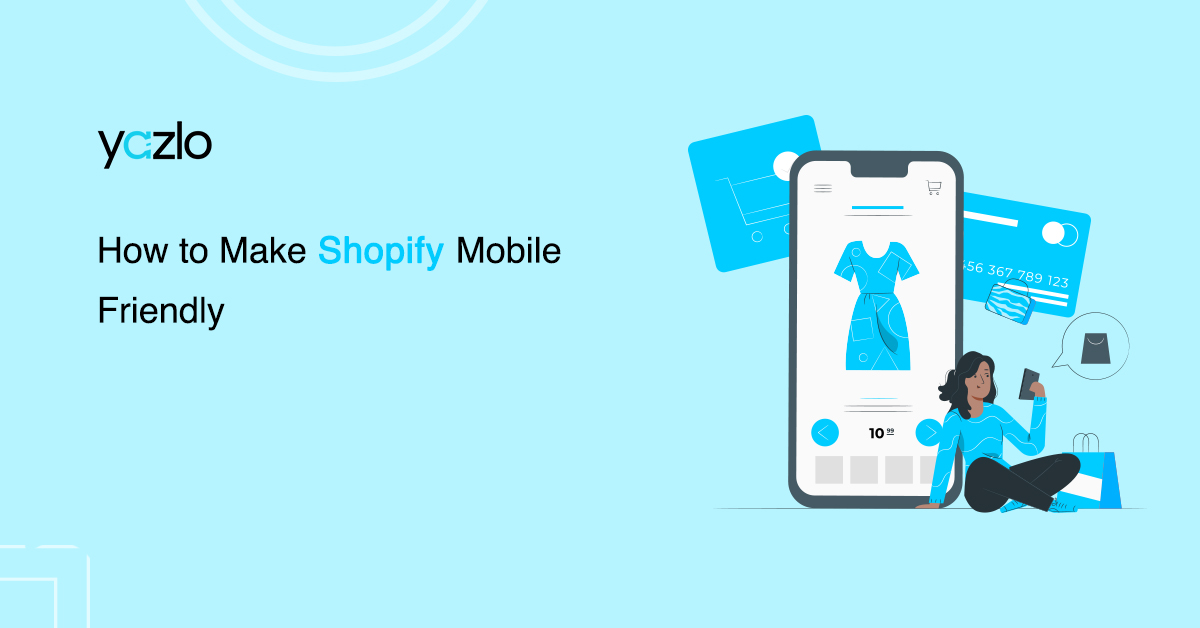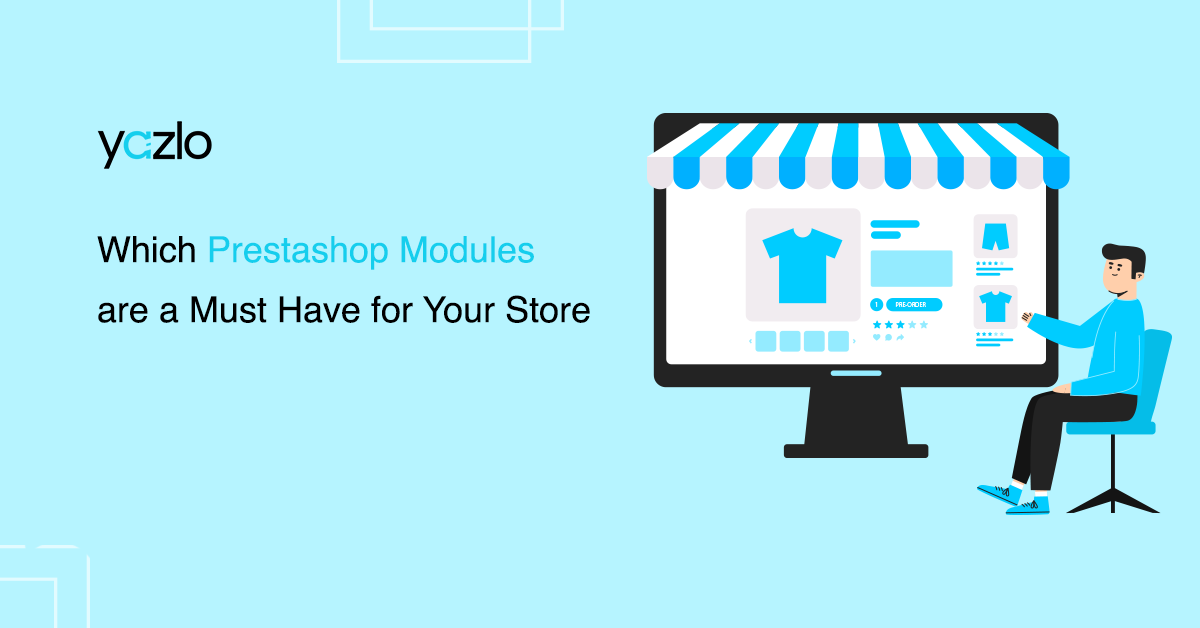The web design of an eCommerce store matters the most among the factors that count for the success of an eCommerce website. It is the first thing that a landing customer interacts with, if it doesn’t convince the customer there won’t be a conversion. Just like other eCommerce stores, Shopify stores don’t have brick-and-mortar stores. The website is the only way you can convert the landing audience into a customer.
If you have a Shopify eCommerce store and you want to make the website mobile-friendly there are some serious optimizations you need to consider. Making your Shopify store mobile-friendly is mandatory nowadays, for two reasons. First Google is now indexing the websites for mobile users on priority, and second, the number of customers on mobile phones supersedes the number of customers on desktops. Considering these facts here are the tips to optimize your Shopify-based eCommerce store to be mobile-friendly.
User Intuitive Navigation:
When starting an eCommerce business website, you must have a plan for the website. If you do not have a plan and the website goes live revamping and making things right can cost you a lot. Designing an eCommerce website properly matters a lot and it’s crucial to plan the structure of the eCommerce website. If you have hired the best eCommerce web design agency you would not have to worry about the website structure.
Web designers there know how to structure a website that works with the intuition of the user. This means all the products and categories are visible to the user and accessible only by one click. Users can use the cart and check out easily without going through the same URL again and again.
eCommerce website being mobile-friendly crucially depends on the fact that it is well structured and intuitive. Designing a proper menu bar, and making all the product pages accessible for the users without entangling them into confusing category pages should be the goal. For this plan ahead and use tools if necessary, also ask your hired Shopify developer to share the plan ahead. By this, you can make sure that everything is in order and that the eCommerce website is not flawed.
Page Load Time:
Being mobile-friendly also demands the Shopify website to have fast loading times and be able to load every page on every mobile device (responsive). To lower your page load time there are several factors that matter like the server’s response time and the web page’s elements to load for the user. You can choose a good hosting service with additional CDNs to make sure that your content is being delivered to the users.
But the websites’ content also needs to be optimized, although you can optimize content in post-development. However, if you want to do things properly you should keep your eCommerce web developer in check with all the optimizations beforehand.
Online customers tend to be impatient and bounce off the website encountering even a mild hindrance. To make it even worse there are always competitors waiting to cater to the bouncing customers. So, make sure that your Shopify developers are using the code optimizers, and image optimizers, and filling in all the necessary meta tags. If the page isn’t light and easily accessible no marketing campaign will be able to attract customers.
Prioritizing Aesthetics Over Performance Of Shopify Website:
Most young entrepreneurs try to stuff their websites with animations and bulky videos that anchor down the page loading speeds. Making a website bulky for the sake of aesthetics is never a good idea. You made the Shopify website for sales not for aesthetics, if you must upload the videos and animations you must use the proper CDNs. As mentioned before mobile phone customers are too anxious and they will leave the website on slow-loading pages.
To tackle all these problems prefer the performance of the website. Factors that count the most in the performance of the website are the page speed load times, interactive elements, working properly, and the shopping cart being set on three-click checkout.
Optimizing Buttons On the Shopify Website For Mobile-Friendliness:
The most annoying thing that mobile customers find while checking out with a product is when they tap on a button on the checkout page and select another one. This happens when the buttons on the Shopify website are not given the proper dimensions. The Shopify developers have to give importance to the UX point of view. If the website isn’t interacting with all the users the conversion rate will stay within lower limits.
Typically the Shopify developer has to make all the buttons wide enough to be tapped with a thumb. Not placing the buttons too close to one another is also a good trick to make all the buttons visible and interactive. Optimally experts recommend the pixel size of the buttons be 48×32 and to separate them with white spaces.




